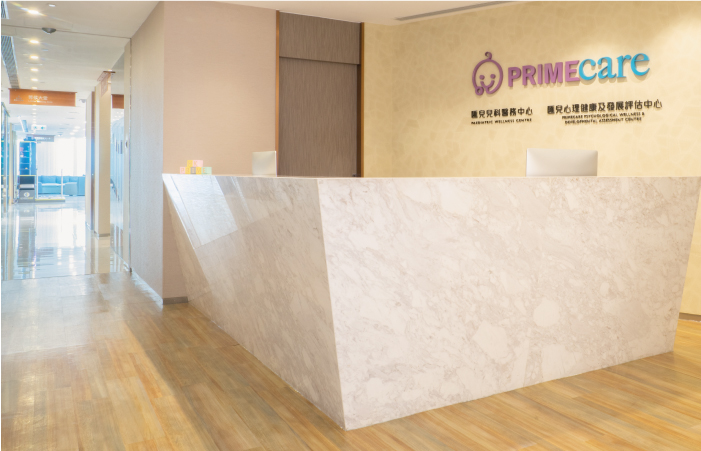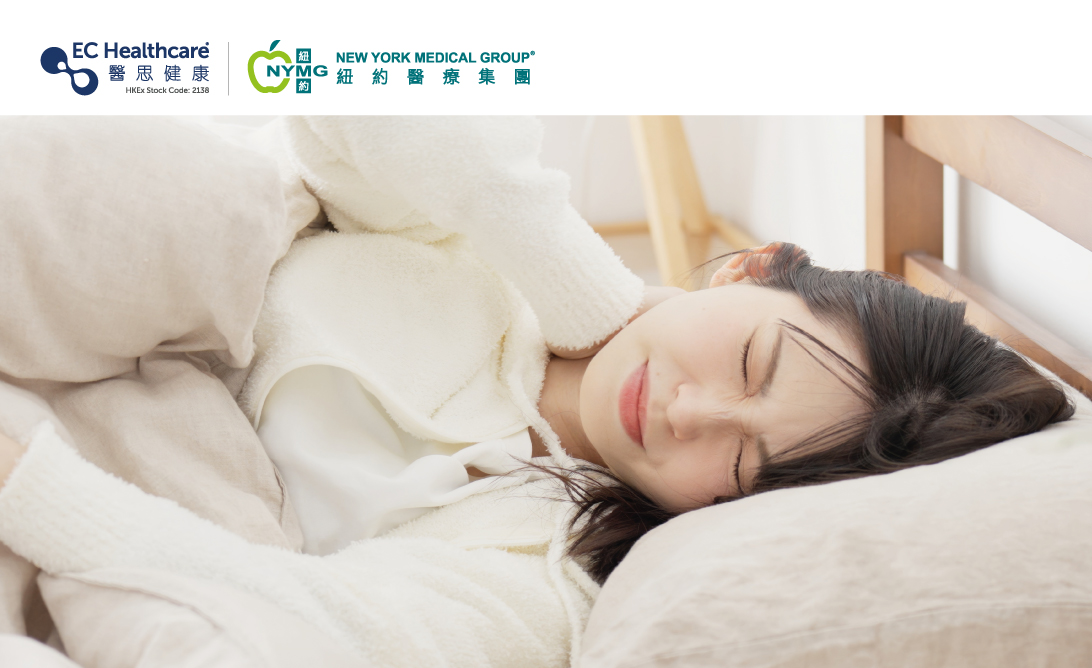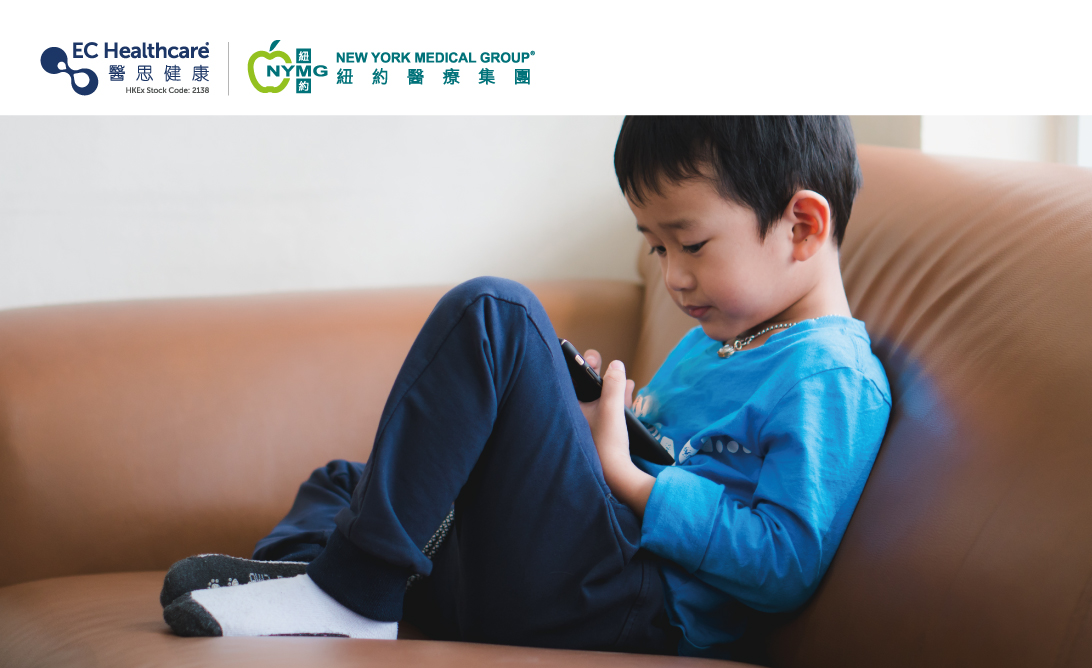Scoliosis in Children Can Be Disastrous – Severe Cases Need Surgical Intervention
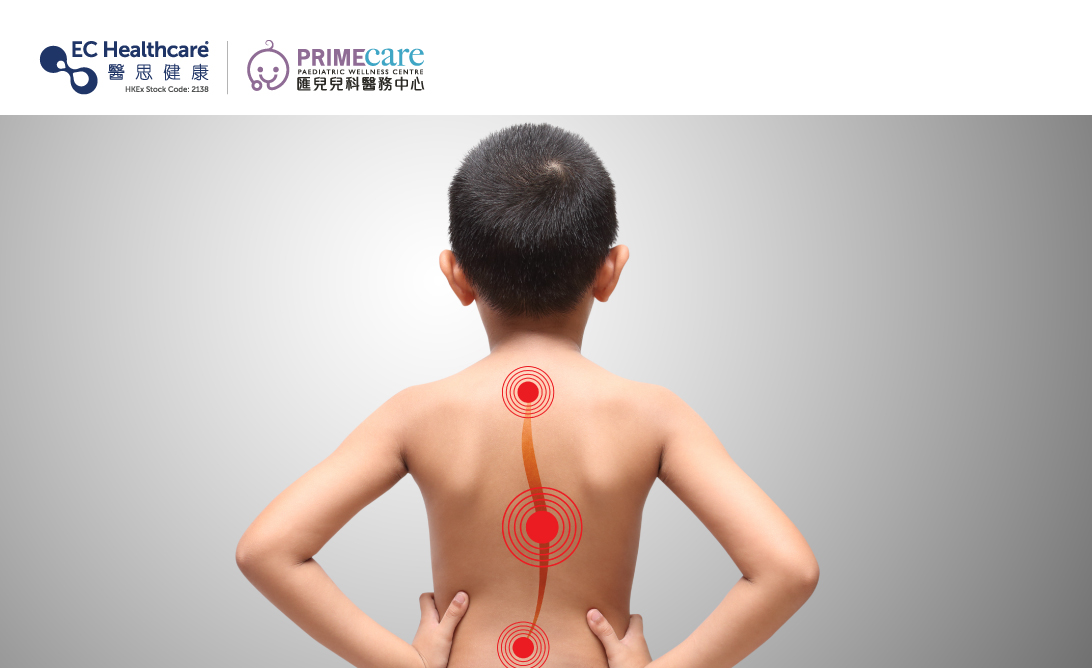

Misconceptions surrounding scoliosis in children are common among parents. Often believing that poor posture, heavy backpacks, or playing certain instruments or sports cause scoliosis, they overlook the fact that over 80% of cases in adolescents are idiopathic - meaning the cause remains a mystery to the medical field.
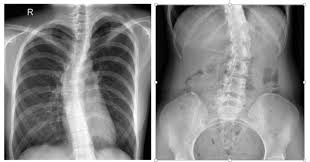
Understanding adolescent idiopathic scoliosis
Scoliosis often develops during the adolescent stage, affecting around 2-3% of adolescents. It is an abnormal sideways curvature of the spine that appears as a “C” or “S” shape. Girls or children with a family history of scoliosis have a higher risk for scoliosis. The condition often develops at the age of around 10 and may worsen as children grow older.
If patients have reached skeletal maturity, their scoliosis conditions are less likely to worsen. But if they have immature bones with severe sideways curvature in their spine, their conditions have a higher chance of progression. Most patients with mild scoliosis do not require treatment, while patients with severe curvature should receive a diagnosis from an orthopaedist.
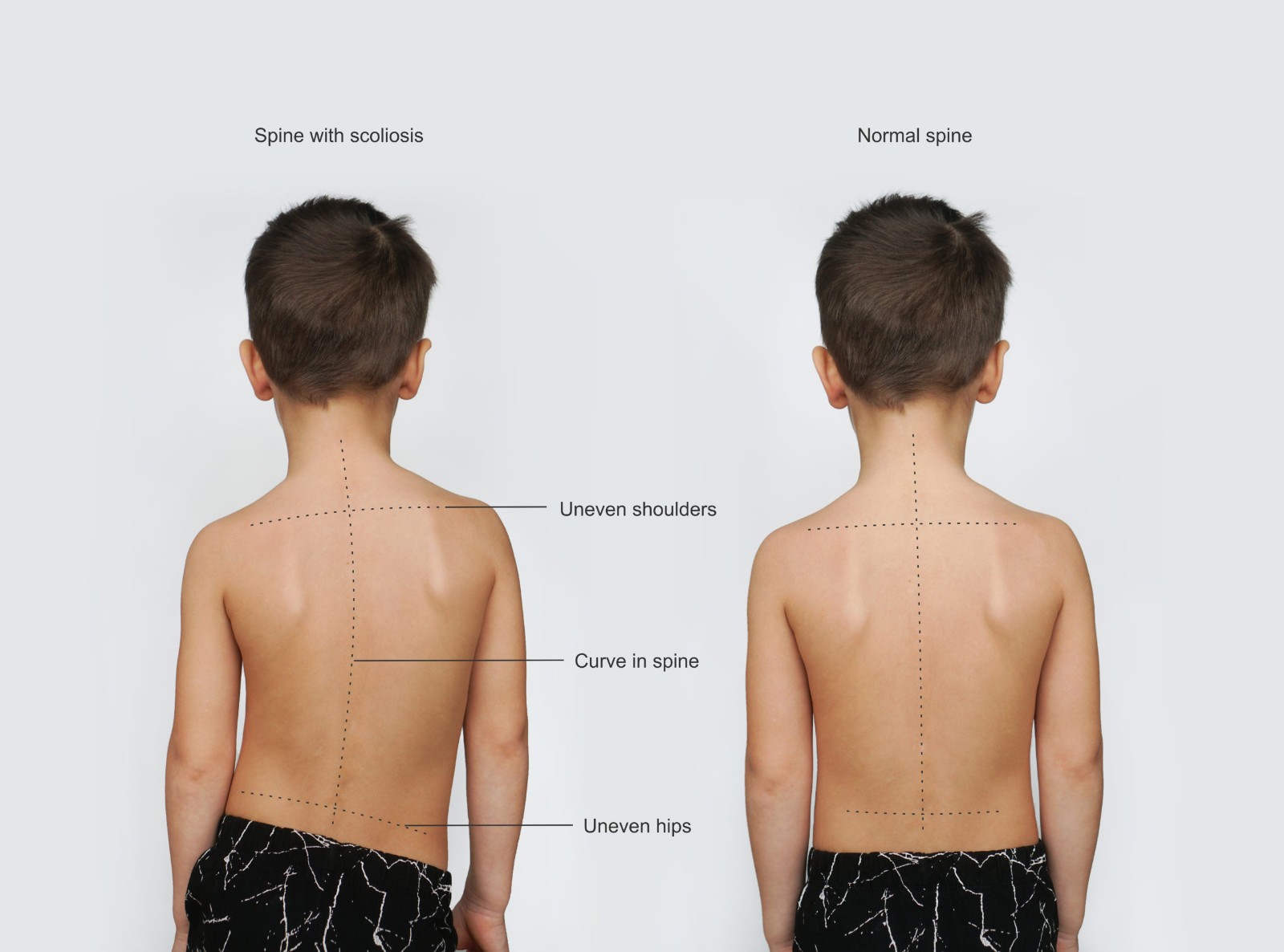
Mild scoliosis shows insignificant symptoms that can easily be overlooked
As children or adolescents with mild scoliosis may not experience back pain or limited range of motion, and their body is covered with clothing, parents can hardly spot the abnormality immediately. If the condition is left untreated in the golden period during puberty, the curvature can worsen rapidly and lead to a malformed thoracic spine, affecting cardiopulmonary functions in severe cases. Patients may pant even when climbing stairs. Apart from affected appearance and mental health, patients may also suffer from problems such as lower back pain when they age.
Early detection is key: regular check-ups for early diagnosis and treatment
It can be challenging to identify scoliosis in children based on appearance alone, as symptoms may not be immediately apparent and are often hidden beneath clothing. But there are still some signs that suggest abnormalities in the spine, including asymmetrical body shape, a winged scapula, uneven waist, a pelvic tilt, etc.
We are often reminded to maintain good postures, a balanced diet and build a stretching routine, but no evidence has actually linked these habits to effective prevention of scoliosis development and progression. The best prevention and treatment method is enrolling in Student Health Service to receive regular spine examinations, and X-ray examinations if necessary, to assess scoliosis condition. This allows for early detection and referral to specialists if needed, ensuring the best possible outcome for affected students.
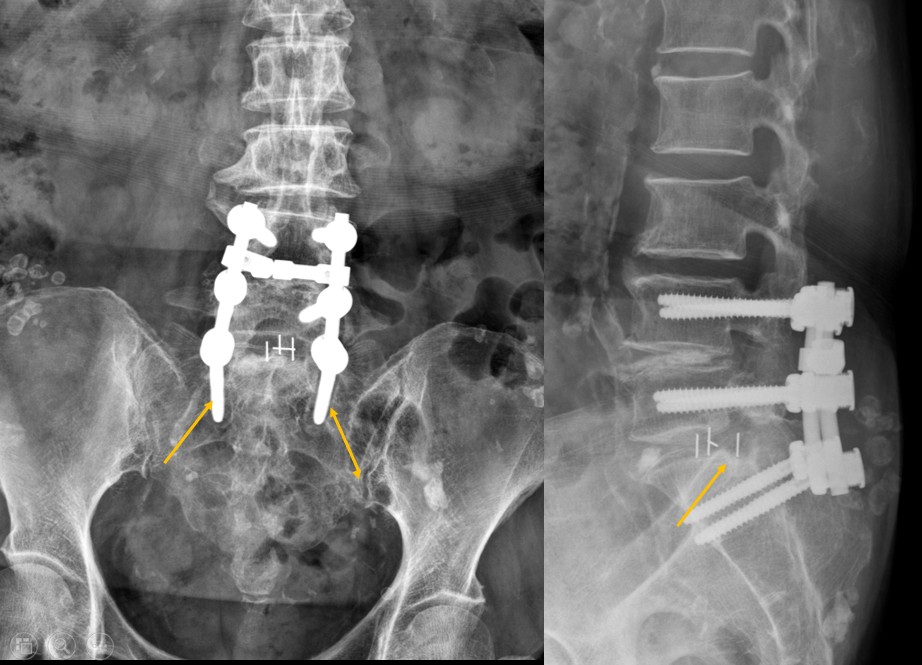
Treatment of scoliosis
Normally, patients with mild scoliosis only require regular follow-up appointments to prevent progression. Patients with moderate curvature may need to wear a back brace or a plaster cast to slow down or prevent the condition from worsening. Severe cases may require surgery, such as spinal instrumentation. This minimally-invasive procedure uses computer navigation to insert screws into the spine, correcting its alignment with less harm to the body and allowing for a shorter recovery period.
Related Brands
